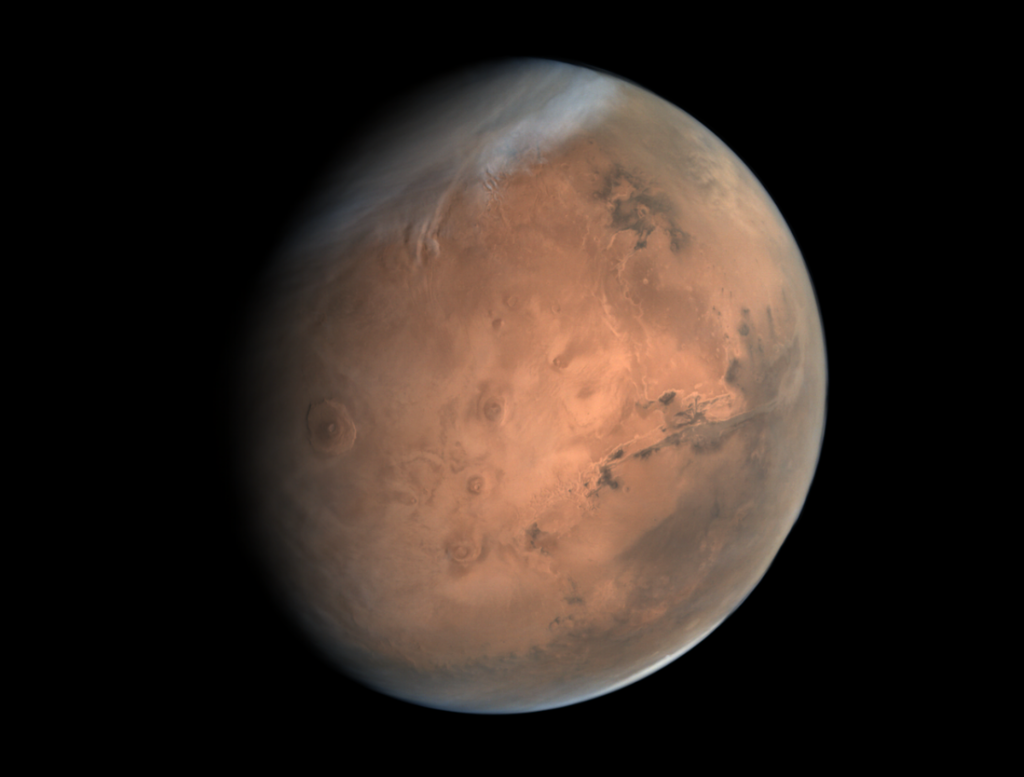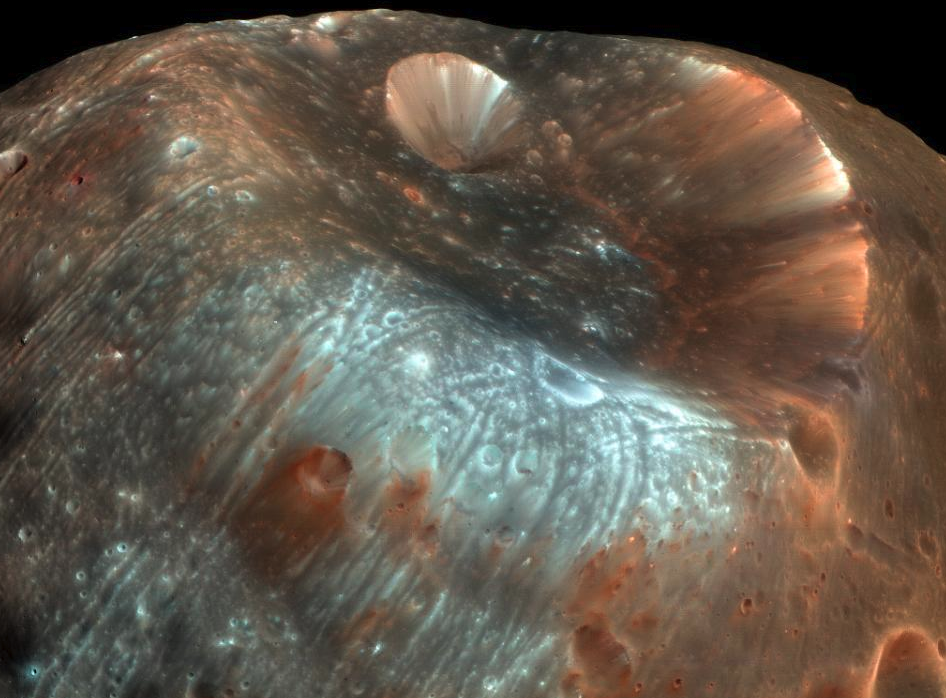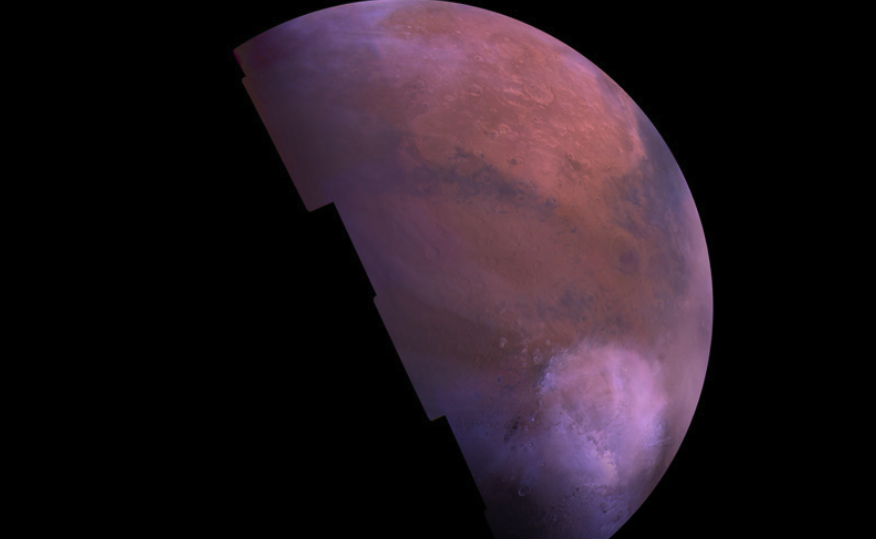What Are the Origin of Mars’ Moons?
It’s always interesting to hypothesize about where various moons come from. In some cases, the creation of a moon is easy to determine, but with the origin of Mars’ moons, that is not the case. With some planets, it’s pretty obvious that a moon was formed due to an impact, such is believed to be the case with Earth’s moon, but what about its next-door neighbor, Mars? The origin of Mars’ moons don’t appear to come from this type of source, and there’s one main reason that astronomers theorize this: the composition of the moons.

What Are Mars’ Moons Made out of?
The composition of Mars’ moons put them in a category that astronomers call “C-Type asteroids”. These are the most common type of asteroids in the Solar System, making up for over 80% of all asteroids, especially those in the outer part of the asteroid belt. The “C” in the name stands for carbon and refers to the predominant material found throughout the moons surface.
Astronomers are far more certain about the material composition of the larger, innermost moon. This is for a few reasons, and not just because there is more surface area to explore. Stickney, the large crater, allows for the investigation of the fine dust and boulders that the impact left behind, which allows for the scientists to further conclude that this moon is very likely made up of a carbonaceous material.

It is a little more difficult to ascertain the material of the smaller, outermost moon. Due to its size, its gravitational pull is much, much weaker. This presents a problem. Typically, when small meteors hit the surface, surface material is thrown up and it returns down, creating the dusty and rocky features that make up the barren moons that you are used to seeing.
It is believed that this small moon’s gravity is so low that the ejected material simply doesn’t come back down, leaving its surface much smoother, but this makes it more troublesome to be certain that it is also the same carbonaceous material, though scientists are pretty sure that it is, based on the similarities to the other moon.

Discovering the Origin of Mars’ Moons
The truth is that the origins of these moons still remain a debate among astronomers to this day. Many believe that, in some way, they originated in the nearby asteroid belt. The question is when they came to Mars’ side. Some astronomers believe that these moons came to the planet after it had formed and established its gravitational pull, dragging the asteroids out of the belt on their own. Others believe that the asteroids had already drifted out around the time that Mars was beginning to form and came along for the ride with Mars’ formation. The true origins still remain controversial.
